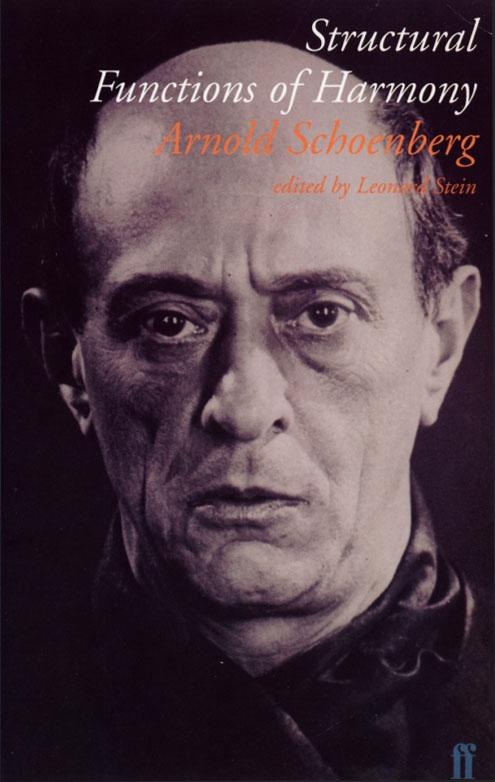Arnold Schoenberg (1874-1951) was an Austrian composer, later moving to the United States, and was leader of the Second Viennese School. In the 1920s, Schoenberg developed the twelve-tone technique, and his approach, both in terms of harmony and development, is among the major landmarks of twentieth-century musical thought. The extraordinary scope of Schoenberg's intelligence, and the often prophetic character of his insights, make his writings on music an indispensable source for anyone interested in the complex history of twentieth-century music.Arnold Schoenberg (1874-1951) was an Austrian composer, later moving to the United States, and was leader of the Second Viennese School. In the 1920s, Schoenberg developed the twelve-tone technique, and his approach, both in terms of harmony and development, is among the major landmarks of 20th century musical thought. The extraordinary scope of Schoenberg's intelligence, and the often prophetic character of his insights, make his writings on music an indispensable source for anyone interested in the complex history of 20th century music.
